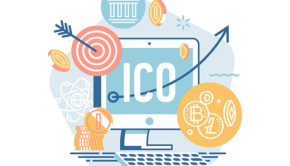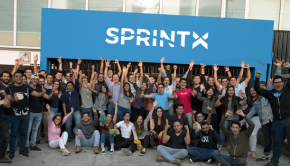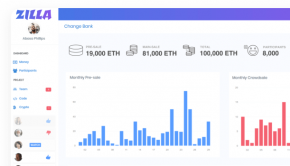ICO Blockchain: What is it? Because it is Important to Know it.
One of the developments of the blockchain concerns the field of crowdfunding and financing in the form of Venturing to startups. The ICO (Initial Coin Offering) is an innovative Crowd funding mode totally based on cryptocurrency.
The Initial Coin Offering (otherwise also defined as Initial token offering or as token sale) is bringing a series of important innovations to the world of Venturing and represents in all respects a sort of IPO (Initial Public Offering) entirely managed with cryptocurrency on the blockchain.
The ICO is a revolutionary tool in the world of Venturing because it allows you to overcome the strict rules of the evaluation processes traditionally followed by funds and banks to which we have been accustomed in recent years. On the other hand, this is an operation that is aimed at new companies operating in the blockchain sector or that has developed or is developing blockchain-based solutions. Specifically, the ICO takes place with the sale of tokens by the startup that is looking for resources on the market. Tokens can be “exchanged” with cryptocurrency like Bitcoin or Ether. The investment proposal that is implemented precisely through the “sale” of tokens is based on the presentation of an industrial plan or a business project. The ICO, like the IPO, is designed to “give trust” and a resource to an idea, which specifically aims to make the blockchain grow and finds its consent in the community that operates on the blockchain.
What exactly is an Initial Coin Offering
The issue of tokens for the remuneration of verification and control “services” has allowed the creation of a new method of financing which has taken the name of Initial Coin Offering precisely because of the role that the Coins are called to play in promoting development of the company itself. The token is issued to investors in exchange for digital currency and at the same time investors can use the tokens received to enjoy the innovative services provided by the startup or they can sell them when the market appreciates them and can guarantee markup.
Lenders can use Filecoins to purchase storage space or they can exchange them to sell their stake in the company with Filecoins. In this way, if the company is successful in creating this digital storage marketplace, the value of the Filecoins will most likely go up. Lenders can use Filecoins to purchase storage space or they can exchange them to sell their stake in the company with Filecoins. In this way, if the company is successful in creating this digital storage marketplace, the value of the Filecoins will most likely go up. Lenders can use Filecoins to purchase storage space or they can exchange them to sell their stake in the company with Filecoins. Open your trading account to make money from bitcoin.
To understand the ICO you need to start from Crowdfunding
But to understand the value of the ICO we need to look at the logic of crowdfunding. If you think that only in 2015 crowdfunding platforms allowed to rise funding for something like 34 billion dollars, you understand the reasons for the consensus that surrounds and accompanies this method of financing for startups and investors. The ICO takes crowdfunding to a new level, thanks to the help of technology and thanks to the logics of the blockchain it is possible to link the value of the investment with the value of the community that believes in that investment. Token tokens express the value of the asset are a “title” that can be used by all participants to actively contribute to making the company in which it invests work and to increase its value.
The technological aspect of the tokens and therefore of the ICOs is complex and complex, but there is one point that must be underlined in particular. The transactional conditions linked to the tokens are not “only” defined in the ICO phase, but are “written” in the token code itself. The ICO can rely on the logic of smart contracts ensuring maximum transparency and openness and traceability on each individual transaction. Auditing operations, for example, can be speeded up and even automated.

















